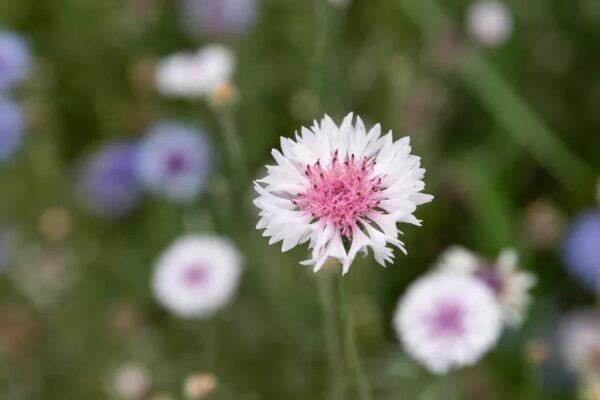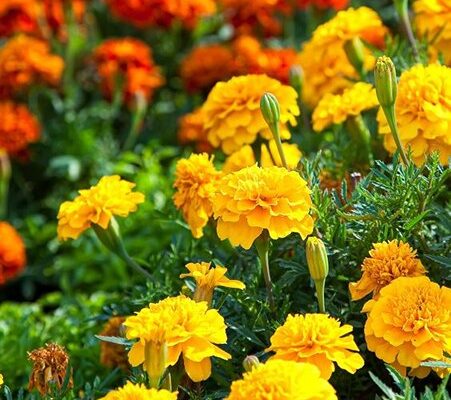Revel in the Radiant Types of Lantana Species
Adding different types of lantana species can enhance the beauty of garden, they come in a variety of colors and growth habits, making them a versatile addition to any garden. The Lantana plant species are a favored choice among gardeners owing to their vibrant and striking flowers, which have the ability to attract native pollinators.
However, it should be noted that certain Lantana species have the potential to become invasive, and therefore, it is advisable to check with your state or area’s invasive plants list before considering planting a Lantana garden.
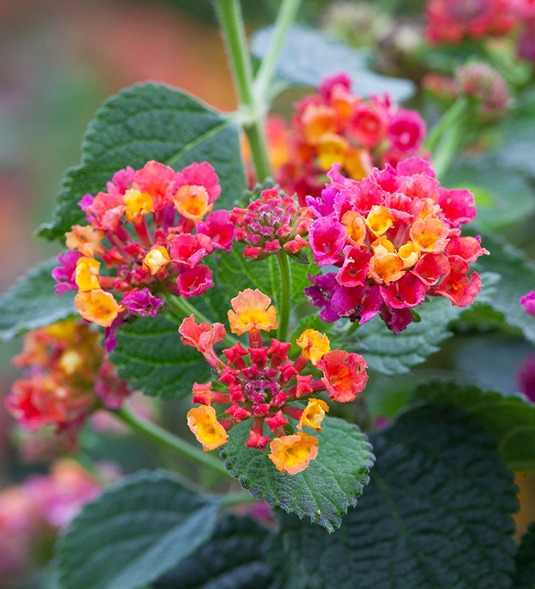
Ecological Importance
Lantanas are not only aesthetically pleasing, but they also play a vital role in providing food for pollinators. Their blooms are a significant source of nectar for bees, butterflies, and hummingbirds, making them an essential resource in the ecosystem. Moreover, some lantana species act as host plants for certain butterfly species, meaning that they are the only plants on which the caterpillars can feed and survive. Although lantana fruits are toxic to humans, they are highly favored by birds that depend on them for their diet. With their important role in supporting pollinators, lantanas can serve as inspiration for those looking to create their own pollinator-friendly gardens.
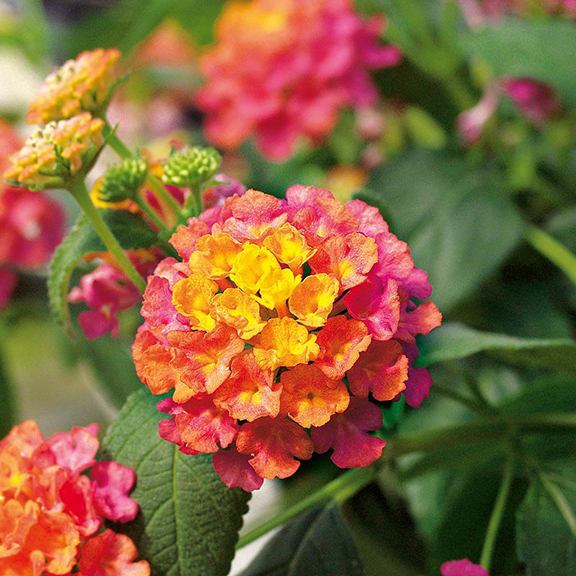
Types of Lantana Species
Lantana species are well-liked among gardeners because of their vibrant flowers that attract native pollinators. There are many types of lantana species, ranging from shrubs to trailing plants, and in a variety of colors. However, some of these species can be invasive and it’s important to check your area’s list of invasive plants before planting them in your garden. Generally, lantana species require hot and humid climates to flourish, making them a common sight in the southern United States. When grown in a suitable environment, lantanas are easy to care for and add a stunning touch to your garden.
Lantana Camara (Common Lantana)
The lantana camara plant, also known as shrub verbena, is a highly popular type of lantana flower that is widely grown and cultivated. In colder regions, this species can be grown in containers or as an annual. While this plant is an excellent choice for adding visual appeal to your garden or indoor space, it is important to exercise extra caution if you live in tropical areas where it may be considered invasive.
The lantana camara plant typically grows as an upright shrub, reaching a height of 3-6 feet. It is known for producing flowers in a range of vivid colors including white, yellow, orange, red, and purple. The leaves of this plant are ovate and serrated in appearance, further adding to its ornamental appeal. The plant is also known to attract butterflies, making it a great choice for butterfly gardens.
In terms of cultivation, the lantana camara plant requires full sun exposure and can tolerate poor soils. It needs a medium amount of moisture to thrive. In terms of pruning, it is recommended to prune the plant back during the winter months. The plant is rated as USDA hardiness zone 10-11, which means it can survive in tropical and subtropical climates.

Trailing lantana (Lantana montevidensis)
Trailing lantana is a beautiful and dense ground cover plant that is characterized by its wide sprawl, thick foliage, and gorgeous flowers. It is a vigorous grower and has been known to escape gardens across the southern United States, although it is considered less invasive than its cousin, L. camara. However, it is important to exercise caution around this plant, as the tiny hairs on its leaves can cause skin irritation.
The trailing lantana typically grows to a height of 12-20 inches as a low, sprawling shrub. Its vine-like stems can spread up to five feet. The plant produces flowers in a range of colors, including purple, pink, and lilac, and its leaves are dark green with tiny hairs. Trailing lantana is also known to attract bees and butterflies, making it an excellent choice for pollinator gardens.
To cultivate trailing lantana, it is recommended to plant it in full sun exposure and in well-draining soils with medium moisture. In terms of pruning, it is best to prune the plant back during the winter months. The plant is rated as USDA hardiness zone 8-10, meaning it can survive in mild to moderate climates.
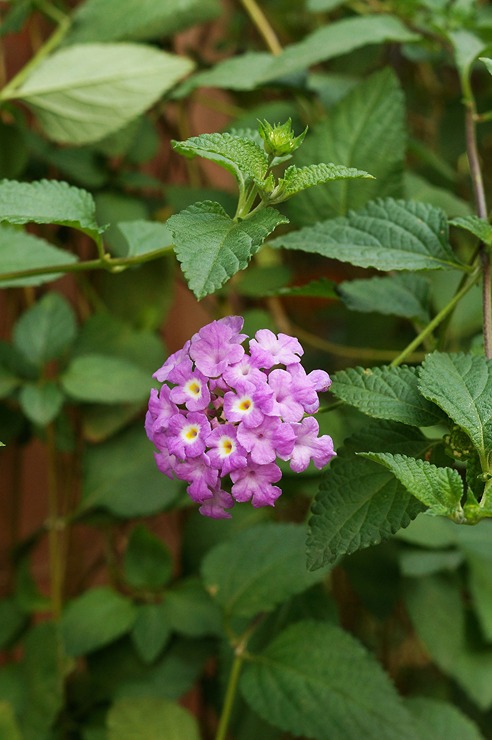
Texas Lantana (Lantana Urticoides)
The Texas Lantana is also known as Lantana horrida or by its common names, such as calico bush, wild lantana, and West Indian shrubverbena. This plant is popular among butterflies and birds and is a great choice for butterfly gardens since its relatives can be invasive. Interestingly, the Lantana Scrub Hairstreak butterfly relies on the Texas Lantana as its primary food source as a caterpillar.
The Texas Lantana is a spreading shrubby plant that can grow up to 2-3 feet tall. It features intense branching, and its leaves are rich green and ovate with a flat base. Its flowers come in a variety of colors, including red, orange, and yellow, often appearing multicolored. The Texas Lantana attracts both birds and butterflies.
It thrives in full sun and prefers well-draining soil with low to moderate moisture. Pruning is recommended in winter. The USDA Hardiness Zone for the Texas Lantana is 8-10.
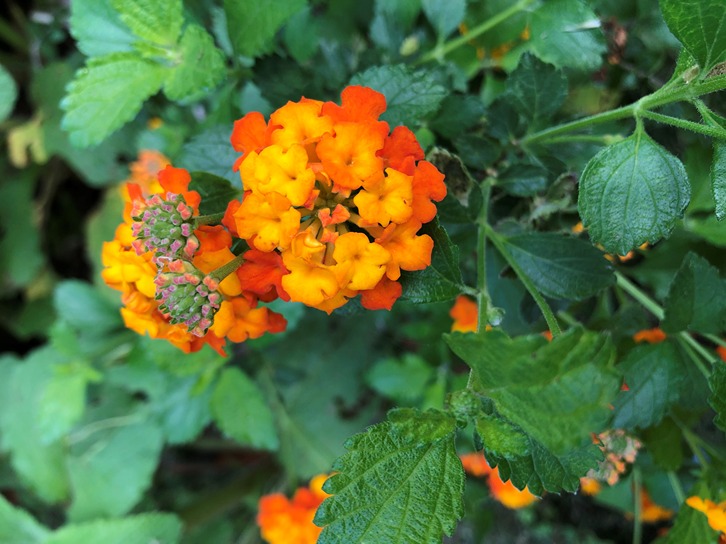
Buttonsage (Lantana Involucrata)
Buttonsage, also known as Lantana involucrata, is a native lantana species in the United States that is characterized by its sweet and sage-like fragrance when the leaves are crushed. This shrub is a charming addition to any garden.
The buttonsage plant grows as a branching upright shrub, reaching a height of approximately three feet. Its leaves are ovate and rich green, with a downy soft pubescence. Buttonsage produces flowers in lavender to white hues, followed by purple fruit. The plant is known to attract a range of wildlife, including birds, ants, bees, and butterflies.
To cultivate buttonsage, it is recommended to plant it in full sun to partial shade and in soils with medium moisture levels. The plant can tolerate most soil types. In terms of pruning, it is best to prune the plant back during the winter months. The plant is rated as USDA hardiness zone 8-11, indicating that it can withstand mild to moderate climates.
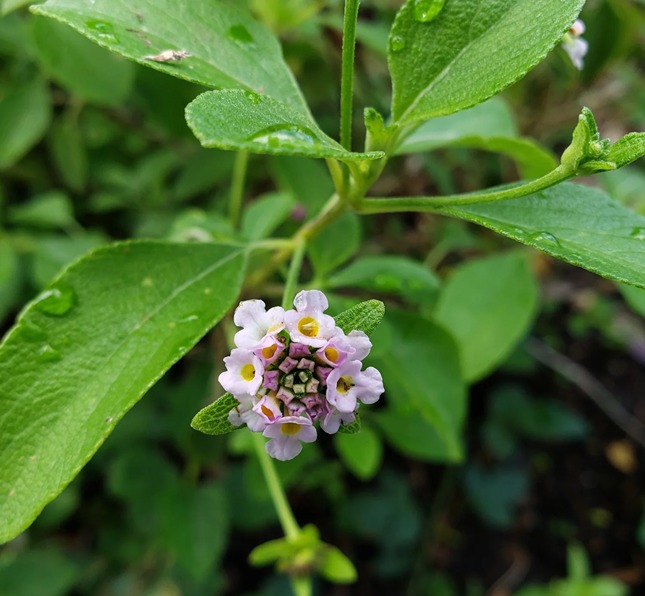
Desert Lantana (Lantana Achyranthifolia)
The Desert Lantana is a fragrant shrub known as Mexican Marjoram due to its aroma, which may occasionally lead to confusion with the mint family. The leaves and fruit of this plant are a preferred snack of animals such as white-tailed deer. The shrub is woody and can grow up to three feet tall and wide. Its leaves are ovate, rich green, and have a flat base. The flowers initially appear white but change to pinks and purples. The plant attracts birds and butterflies.
Regarding its growth requirements, the Desert Lantana can tolerate most soil types, but it prefers well-draining soil with low to moderate moisture. It grows best in full sun and is suitable for USDA Hardiness Zones 7 to 10. It is recommended to prune it back in winter.

Popcorn Lantana (Lantana Trifolia)
Popcorn Lantana, also known as Lavender Popcorn, is a lantana species that is highly sought-after for its decorative fruit and attractive flowers. It is important to note that while the plant’s fruit gives it its common name, they should not be consumed, as many lantana species are toxic.
This lantana plant grows as an upright shrub, reaching a height of 2-6 feet. The leaves are dark green and grow in whorls of three. The plant produces tiny lavender to pink flowers that develop into spikes of lavender fruit, reminiscent of popcorn or blackberries. This fruit is highly decorative and adds a unique touch to any garden.
To cultivate popcorn lantana, it is recommended to plant it in full sun and well-draining soils with medium moisture levels. While it can tolerate poor soils, it prefers more nutrient-rich soils. The plant is rated as USDA hardiness zone 10-11, indicating that it is best suited for warmer climates. In terms of pruning, it is best to prune the plant back during the winter months to ensure healthy growth in the following season.
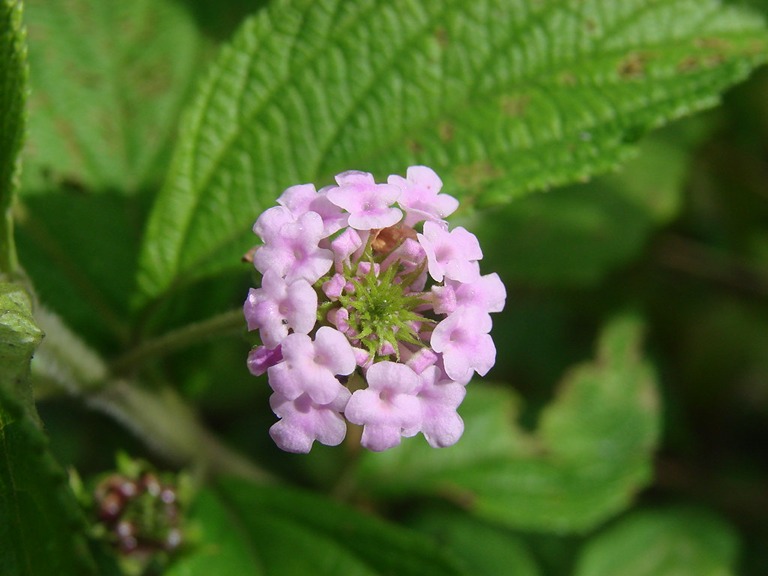
Lantana Companion Plants
Angelonia
Angelonia, also known as summer snapdragon, features flower spikes that resemble those of salvia and can grow up to one or two feet tall. Its snapdragon-like flowers come in lovely shades of pink, purple, and white, making it a great addition for adding vivid colors to sunny areas. This resilient plant blooms throughout the summer season. Although all varieties of angelonia are attractive, the fragrant types are especially noteworthy. While most gardeners treat angelonia as an annual plant, it is a tough perennial in Zones 9-10. If you have a sunny spot inside your home, you can keep it blooming throughout the winter.
Pentas
Pentas is a highly attractive plant for butterflies, and is known to bloom through the summer, even in extremely hot conditions. Its star-shaped flowers grow in large clusters, attracting a multitude of hummingbirds and butterflies. Pentas can be grown in either containers or ground, and in environments with adequate light, it can also be grown indoors. The plant prefers full sun and soil that is moist and well-drained. Although it is typically treated as an annual, Pentas is hardy in Zones 10-11. Planting should be done after the danger of frost has passed.
Salvia
Salvia is a popular plant that can be found in many gardens. It is versatile, growing in both sun and shade, and thriving in both dry and rainy conditions. Salvia is an essential plant for attracting hummingbirds, especially the red varieties, and providing vibrant colors throughout the season. Salvia is a great choice for hot and dry sites, where other plants may struggle. However, they are not tolerant of cooler weather and should only be planted once the risk of frost has passed.
